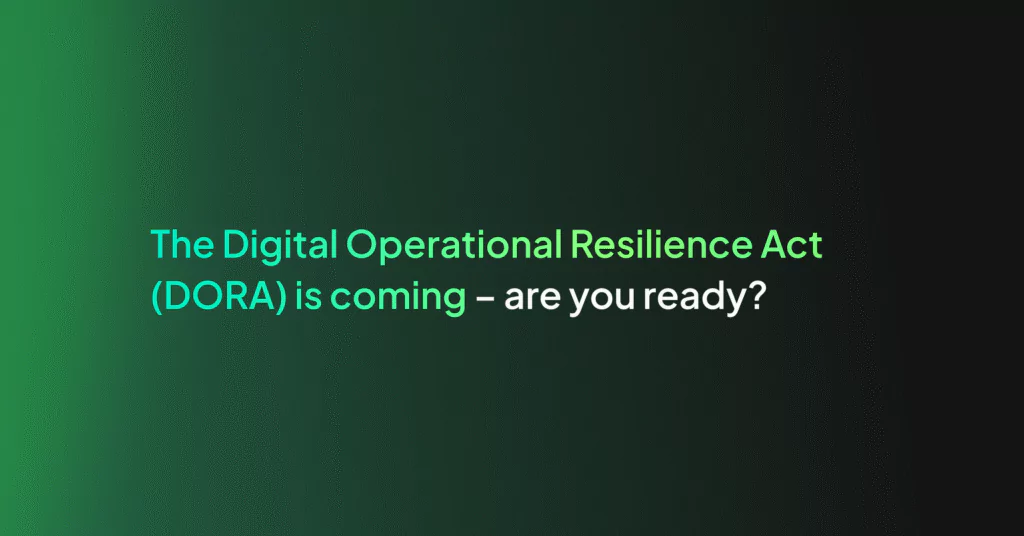Are Your Customers Catching Your Software Problems For You?

Software problems have a very real impact on your bottom line. Availability and quality are the biggest differentiators when people opt for a service or product today. You should be aware of the impact of your customers alerting you to your own problems. To make sure you don’t become an organization known for its bugs, you must understand the organizational changes required to deliver a stable service. If, as Capers Jones tells us, only as many as 85% of bugs are caught pre-release, it’s important to differentiate yourself with the service you provide.
The Problem
It’s simple to understand why you don’t want unknown bugs to go out to your customers in a release. To understand its impact, you need to define the impact of committing problematic code to release.
Problem 1: Your Customers’ Perception
No one wants to buy a tool full of software problems. You open yourself up to reputation risks. Poor reviews, client churn, lack of credibility. They give you a name for buggy releases. This has three very tangible costs to your business. First, your customers will cease to use your product or service. Second, any new customers will become aware of your pitfalls sooner or later. Lastly, it can have a negative impact on staff morale and direction. You run the risk of losing your key people.
Problem 2: The Road to Recovery
Once a customer makes you aware of a bug, you must fix it (or deal with the problem above). The cost of doing this post-production is enhanced with the time it takes for you to detect the problem, or MTTD (mean time to detect). As part of the 2019 State of Devops Report, surveyed “Elite” performing businesses took on average one hour or under to deliver a service restoration or fix a bug, against up to one month for “Low” performing businesses in the same survey. The problem compounds with time: the longer it takes to detect the problem, the more time it takes for your developers to isolate, troubleshoot, fix and then patch. Of all surveyed in the 2019 State of Devops Report, the top performers were at least twice as likely to exceed their organizational SLAs for feature fixes.
Problem 3: Releasing Known Software Problems
Releases often go out to customers with “known software problems” in them. These are errors that have been assessed to have little impact, and therefore are unlikely to affect the general release. However, this is just the coding and troubleshooting you’ll have to do later down the line, because you wanted to make a release on time. This notion of technical debt isn’t something new, but with many tech companies doing many releases per day, the compounded work that goes into managing known errors is significant.
The Solution
Organizations can easily deliver more stable releases to their customers. Analysis indicates that there are a number of things that can greatly enhance your own stability.
Solution 1: What Your Team Should be Doing to Limit Software Problems
Revisiting the State of Devops Report, we can see the growing importance of delivering fast fixes (reduced MTTD) is dependent on two important factors within your team.
Test automation is the “golden record” when it comes to validating code for release. It positively impacts continuous integration and continuous deployment. Automated deployment enhances these efficiencies.
“With automated testing, developers gain confidence that a failure in a test suite denotes an actual failure”
However, testing isn’t the whole solution. Errors will still make it through, and you need to know when they do.
Solution 2: How Coralogix Can Help Detect Software Problems
Coralogix’s advanced unified UI allows the pooling of log data from applications, infrastructure and networks in one simple view. Not only does this allow your developers to better understand the impact of releases on your system, as well as helping to spot bugs early on. Both of these are critical in reducing your RTTP, which leads to direct savings for your organization.
Coralogix also provides advanced solutions to flag “known errors”, so that if they do go out for release, they aren’t just consigned to a future fix pile. By stopping known errors from slipping through the cracks, you are actively minimizing your technical debt. This increases your dev team’s efficiency.
Lastly, Loggregation uses machine learning to benchmark your organization’s code’s performance, building an intelligent baseline that identifies errors and anomalies faster than anyone – even the most eagle-eyed of customers.




